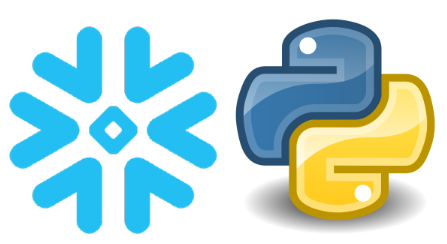Python is a versatile and powerful programming language that offers a wide range of data structures to handle different types of data efficiently. One such fundamental data structure is the dict(), short for dictionary. A Python dictionary is an unordered collection of key-value pairs, providing a flexible and efficient way to store and manipulate data. In this article, we will dive deep into Python’s dict() data structure, exploring its features, use cases, methods, and real-world examples to demonstrate its versatility.
What is a Python Dictionary?
A Python dictionary is a mutable, unordered collection of key-value pairs, where each key is unique. Dictionaries are commonly used to store data in the form of key-value mappings. The key serves as a unique identifier for a value, making it easy to retrieve and manipulate data.
Creating a Dictionary
You can create a dictionary in Python using curly braces {} and specifying key-value pairs using colons :. Here’s an example:
# Creating a dictionary of person names and their ages
person_ages = {'Sachin': 30, 'Manju': 25, 'Ram': 28, 'Raju': 32, 'David': 22}
Accessing Dictionary Elements
To access values in a dictionary, you can use square brackets [] and provide the key. For example:
# Accessing the age of 'Sachin'
sachin_age = person_ages['Sachin']
print(f"Sachin's age is {sachin_age} years.")
Modifying Dictionary Elements
Dictionaries are mutable, which means you can change their values by referencing their keys. Here’s how you can update Sachin’s age:
# Updating Sachin's age
person_ages['Sachin'] = 31
Dictionary Methods
Python dictionaries come with a variety of built-in methods to perform operations like adding, removing, and updating key-value pairs. Some commonly used methods include get(), update(), pop(), keys(), values(), and items().
# Example of using dictionary methods
person_ages.update({'Freshers_In': 22, 'Wilson': 35})
Examples
Let’s explore some real-world scenarios where dictionaries are handy.
1. Student Grades
# Storing student grades using dictionaries
student_grades = {'Alice': 92, 'Bob': 78, 'Charlie': 85, 'David': 95}
2. Product Catalog
# Creating a product catalog with item names and prices
product_catalog = {'Laptop': 1200, 'Smartphone': 800, 'Tablet': 400}
3. Language Translation
# Mapping English words to their Spanish translations
english_to_spanish = {'dog': 'perro', 'cat': 'gato', 'house': 'casa'}
dict() data structure is a versatile and essential tool for working with key-value pairs in Python. Understanding how to create, access, and manipulate dictionaries is crucial for any Python developer.





